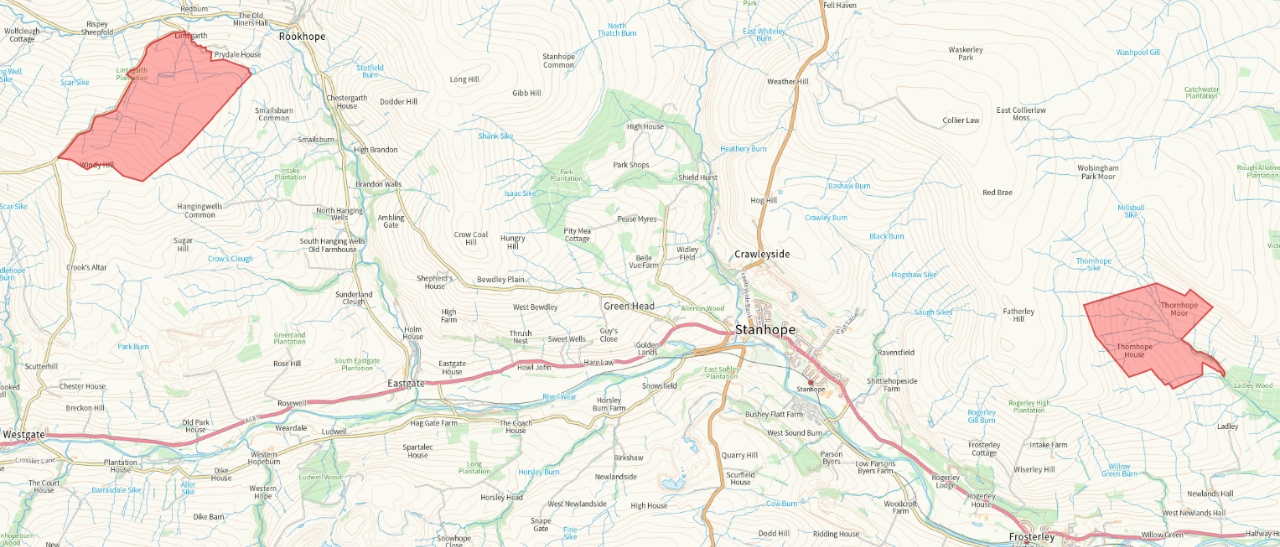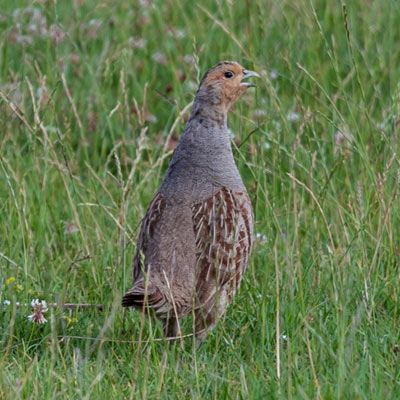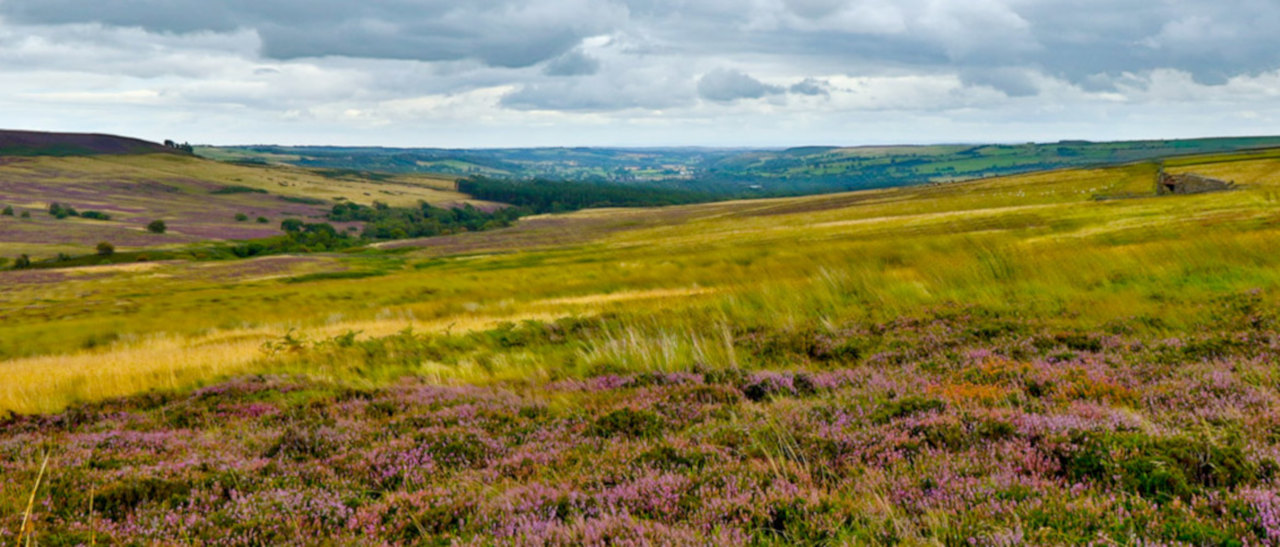What We Do
- Home
- What We Do

The Philip Wayre Upland Trust owns and manages two upland sites in the North Pennines, Lintzgarth Fell and Thornhope Moor.
Covering approximately 800 acres in total these sites are home to several threatened upland species, including black grouse
It is the Trust's mission to identify workable conservation solutions which sustain and restore the balance of upland ecology, while supporting these threatened target species.
The Trust runs specific management and habitat restoration programmes to restore and improve the biodiversity of habitat in a sustainable and environmentally friendly way while also increasing the environmental benefits; improving the soil and water quality, mitigating flooding and increasing carbon trapping.
This creates different heights of sward creating a mosaic effect with different species of grasses and wildflowers attracting a variety of nesting species. Red grouse like a mix of taller heather, where plant growth provides cover, and shorter heather for feeding while golden plover prefer more open areas. Lapwing like large open areas with limited tall vegetation whereas curlew prefer areas of ranker plant growth. Snipe also like more rank, tussocky areas but tend to go for wetter ground. Sphagnum moss grows alongside cotton grass which is an important food source for black grouse as are the berries from native trees planted in the gills.
Without this critical work to restore biodiversity, these unique upland sites would revert to scrub, further resulting in the loss of many threatened species.
Ongoing Projects
The Trust is currently involved in several ongoing projects, to improve scientific understanding of upland habitat and its benefits to our target species. These projects include:

Dwarf Shrub Regeneration
As much of the Lintzgarth reserve had been historically overgrazed the Trust embarked on a dwarf shrub regeneration project on a 20 acre plot to improve the diversity of the vegetation benefitting the resident black grouse population as well as breeding waders such as lapwing, curlew, golden plover and many others.
A good mix of heather, bent grass and cotton grass can now be seen on this plot together with evidence of heather being eaten by black or red grouse which is one of the main aims of the project.
Read More
Blanket Bog Restoration
The protection and restoration of blanket bog which forms blanket peat is crucial in safeguarding the carbon store which is contained under the sward, contributing to flood mitigation, helping prevent deterioration to water quality, as well as supporting vegetation which benefits black and red grouse and breeding waders such as curlew and golden plover.
In conjunction with the dwarf shrub regeneration project at Lintzgarth, the improvement of the moss layer was undertaken on the same plot with the aim of enhancing the capability of catching and retaining carbon.
In conjunction with the AONB team at Stanhope sphagnum moss was planted in pellet form at the same time as the heather seed. Much of the area is now showing good signs of sphagnum regeneration which will help restore bog flora and reduce peat erosion.

Wader & Rush Management
Most species of breeding waders are in steep decline in the UK and Europe and one component of decline has been the spread of rushes. Other factors include predation, habitat fragmentation and changes in livestock grazing the latter being a significant contributory factor of the spread of rushes.
Rush management is undertaken in conjunction with defra guidance to define best practice for managing rushes through conducting experimental management involving mowing, weed-wipe and follow-up grazing. The aim is to benefit breeding waders, particularly those that require shorter swards for nesting and chick-rearing such as lapwing and golden plover.

Black Grouse Monitoring
Black grouse is one of the target species the Trust is working to protect and increase, mainly by maintaining and improving its habitat.
Data gained from a joint GWCT project has helped inform whether positive management changes such as planting scrub willow, supplementary winter feeding, rush-cutting and cattle grazing programmes may enhance breeding conditions. We welcome further opportunities to support ecological surveys and research for greater breeding success in future years.
Monitoring of males attending leks in spring, and counts of pre-breeding and breeding success are all being undertaken on a regular basis over this three year project.

Grey Partridge Supplementary Feeding
Grey partridge is another target species of the Trust with the decline in numbers being particularly evident in the uplands of northern England where the weather tends to be colder and wetter. A three year GWCT project tested how supplementary feeding could help offset the impacts of harsher winters and boost local population size. Done by measuring the degree of use of provided winter food by grey partridge, we are looking to further this research with the assistance of FiPL funding.
Using camera traps and surveys this work will ascertain whether supplementary feeding increases over-winter survival and if additional feeding stations facilitate recruitment into the local breeding population.

Partner with The Philip Wayre Upland Trust
Previously, in 2018, the PWUT partnered with GWCT to collectively develop a rolling programme of project work that helped to fulfil the charitable objectives of each organisation. We are now actively looking for other partners, with an aspiration for components of practical conservation management, research & monitoring, demonstration, training and education.
An immediate priority objective is the co-development of objective-led staged management plans for each of the two reserves owned by Philip Wayre Upland Trust. A common theme of any management plan is the delivery of practical management that will help sustain and improve current key populations of ground-nesting birds; notably wading birds, black grouse and grey partridge.
Project work started in 2019 and is ongoing.
